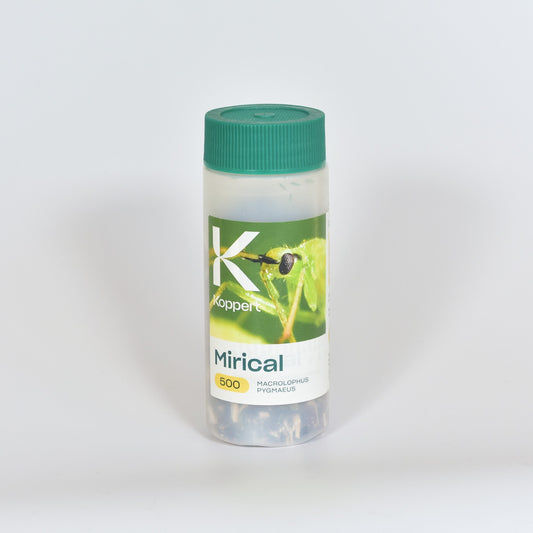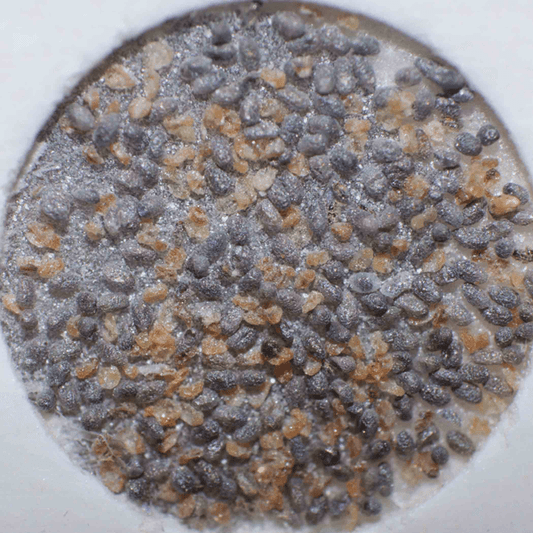
How to recognize tomato looper
The tomato looper has a wingspan of 35-45 mm. Like other Noctuidae, this moth has a roof-like wing position when resting. On the upperside of the thorax a large crest is visible and further to the back another smaller crest is visible. The front wings are pink or brownish gray and can have a gold shine. In the middle of the front wing a striking silver spot can be seen that is built from two parts. The eggs are spherical, white and ribbed. The eggs are not laid in clusters, like closely related species, but individually on the underside of the leaf. Caterpillars have a green head and a light yellow-green body with a couple of light length-stripes. Older caterpillar stages develop a black dot above the yellow length stripe on each segment. Caterpillars can grow to about 40 mm in size. The adults are active both during the day and evening. The species pupates in a web, often between rolled leaves, but also in greenhouse materials.
Tomato looper damage and distribution
The tomato looper has established itself in Dutch greenhouses. The largest numbers can be found during late summer and fall. The control of eggs is difficult, because they are deposited individually across the crop. The caterpillars cause a lot of feeding damage, to both leaves andfruits. In addition, excrements of the caterpillars can damage fruits.
Products against Tomato looper
-
Tomato looper life cycle
150 eggs per female at 20 °C
400 eggs per female at 30 °C
eggs deposited individually across the crop
egg deposition during night
up to nine generations per year -
Tomato looper host plants
eggplant, tomato, cucumber
strawberry, paprika, tobacco
chrysanthemum, rose
several herbaceous plants
-

Tomato looper pupa
-

Caterpillar of the tomato looper





